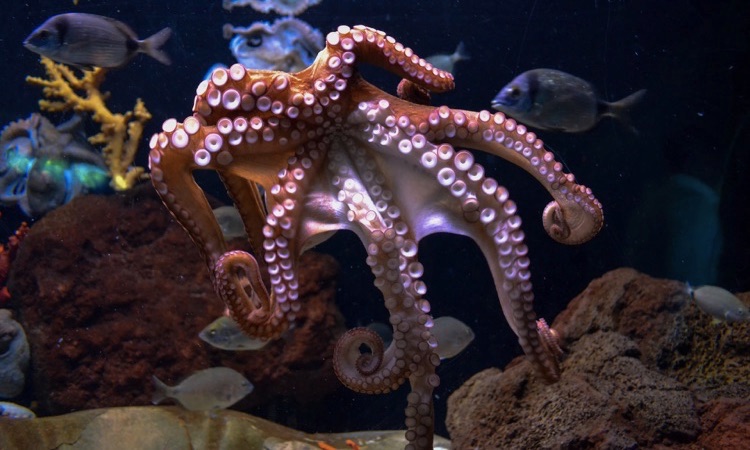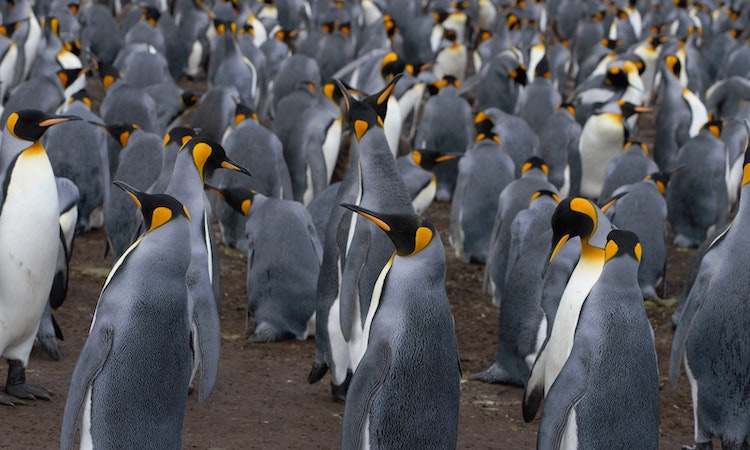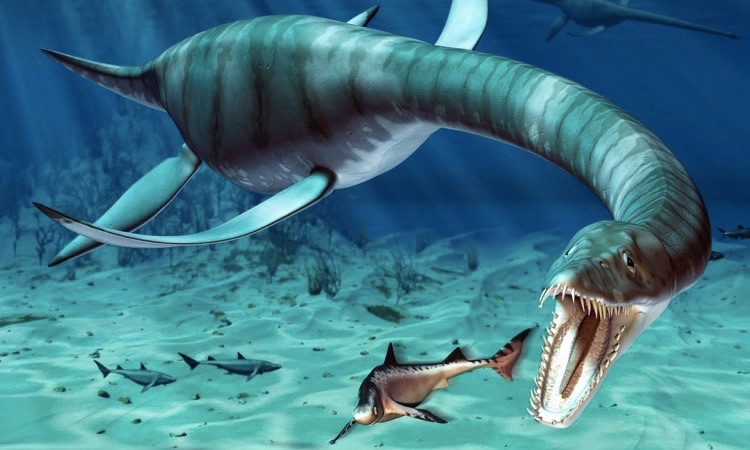Did you know that a turtle’s shell is not only its home, but also serves as part of their body that protects them from predators and the elements. The shells of turtles and tortoises are the only ones that are incorporated into their bodies.
All turtles require carapaces to survive, and pet species are no exception. They support and protect a turtle’s biological functions in many ways.
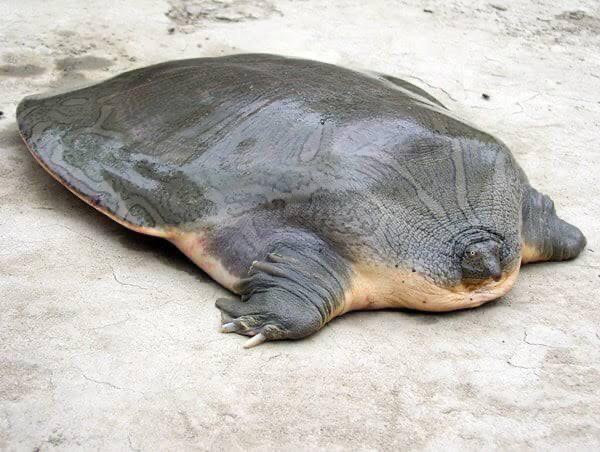
Turtles and Their Shells
Turtles have shells that are unlike any other animal in the world. It is this distinguishing attribute that allows them to be so easily recognized and identified.
Turtles are often considered one of the least dangerous animals in the world. Their shells protect them from predators and it is expected that they will not be able to survive without them.
However, while all turtles species possess this shell, it has evolved through time. It’s been verified that not all turtles had shells in the early portion of their evolution cycle, and it was during this time that this unusual characteristic came into play.
Let’s start with the present condition of turtles’ shells, how different species have varied kinds of shells, what purposes shells serve for turtles, and why they can’t survive without their shells.
Composition of the Turtle Shell
Soft and hard shells are the two types of shells that may be found on a turtle’s back in its present condition. Soft shells and hard shells are both similar in structure, although there are several significant distinctions between them.
The Shell Structure
A turtle’s shell, whether hard or soft, covers the entire body save for its jaws and legs. The carapace is the upper section of the shell that covers the turtle’s back, whereas the plastron is the rear part of the shell that covers their lower half.
The carapace is constructed of ribs that have joined together with portions of the backbones. The spine blends in with the rest of the spine, but it may be distinguished from them and identified if examined carefully.
Turtles are the only animal species in the world to have their ribs connected together to form a single bone. Other animals have distinct ribs.
Turtles may be found in a variety of shapes, sizes, and colors throughout the world. There are at least 300 distinct species of turtles in the wild, and each has its own unique shell form.
Some species have more dome-like shells than others. Others have flatter shells. Even though the outer form is different, the internal bone structure is identical in all species.
Scientists have studied the two sections of the shell – carapace and plastron – in detail. Although scientists have learned a lot about carapace, plastron remains an unsolved mystery to this day.
As previously said, the carapace is formed by the fusion of the ribs and backbone, but plastron has yet to reveal how it happens.
The French zoologist in the 19th century who first suggested that the turtle’s sternum creates the plastron was Jeannot Lecoq (1827-1914), according to one of the most accepted ideas. Nonetheless, it has not yet been completely verified.
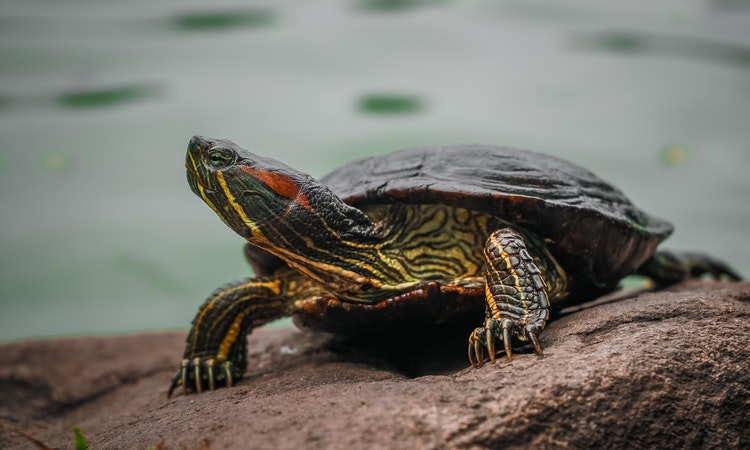
The Bridge
The carapace and plastron are the two most essential shell components. However, there is one more crucial shell component.
It’s the connection between the carapace and plastron. It serves as an essential component in ensuring that the turtle’s parts remain connected.
The formation of the bridge is also a mystery, although it is assumed to be created by the fusion of the ribs, like a carapace.
The carapace and plastron must be kept together for the turtle’s safety. It protects both the turtle on its sides and the shell of its shell.
Hard Shells
Turtles with hard shells possess scutes, a component that contributes to the hardness of their shells.
The carapace of this species is made of keratin, the same protein that makes human nails. Scutes are a layer that protects the shell and most turtles shed their scutes as they grow new ones, just like snakes.
Soft Shells
Softshell turtles, unlike hard shells that are coated with scutes, have a leather-like covering over the entire shell.
Soft shells offer enough protection to turtles, although they are not as hard as hard shells. There is a solid layer of bones beneath the leather-like covering that acts as the second line of defense.
Are Turtles Born Without Shells?
The turtle shell is formed inside the egg by the turtle’s own body parts. It grows only once in a turtle’s life, unlike other reptiles that shed their skin.
The shells are composed of ribs and the spine, which weld together as they get larger. Because the remaining body parts are soft and porous, these shells are essential for their survival.
Although they can repair the scutes that cover the soft shells in certain turtle species, they are unable to do so on a large scale. The formation of turtle shells is quite complicated.
The eggs are laid in a premature state, with the turtle development still in an early stage. The notochord and somites develop as the embryo matures.
The rear spine is formed from these two. The carapacial ridge is created within the egg, and the hatchling begins to look like a turtle. For a time, the carapace and bones are formed. The plastron, ribs, and vertebrae then appear.
The cartilage of the ribs fuses with the spine to create a shell as they continue to develop. The scales on the carapace and plastron Finally, emerge.
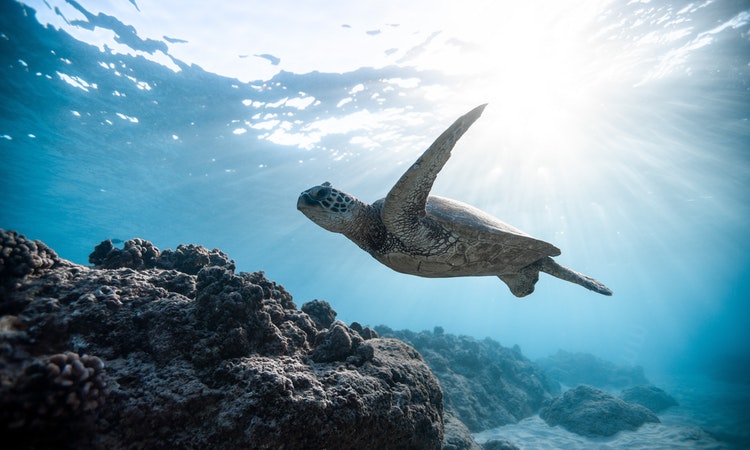
Why is it Difficult for Turtles to Live Without Shells?
Turtles are defenseless creatures. They crawl at a snail’s pace and have no other means of self-defense than their hardy turtle shell, which they acquire right from birth.
The most significant reason why turtles require their shells is that it is a component of their anatomy.
What Does a Turtle Look Like Without a Shell?
The shells are composed of the bones (fused ribs and backbone) that keep their bodies together. Turtle bodies are soft and jelly-like inside the shell.
They will be vulnerable to all kinds of assaults and attacks from the surrounding environment if they are not kept in a shell.
Can Turtles Leave Their Shell?
Turtles will never voluntarily leave their shell as this would prove futile for their existence. Turtles have shells that make up part of their bodies, with nerves, skin, ribs, and the spinal cord linking them.
It can, though, fracture or break if faced with a strong impact. Depression fractures and missing shell shatterage are the two types of fractures that conchs can suffer.
The shell breaks from the center in a depression fracture, causing significant harm to the backbone. Shell loss due to missing shell debris ranges from a little piece gone from the picture that isn’t much of a difference to a big portion that might be fatal. While it is generally accepted that turtle shells mend themselves, this may not always be the case.
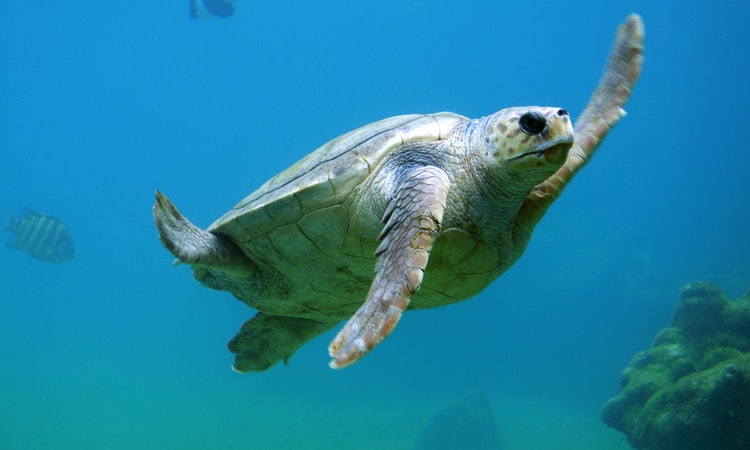
The Evolution of Turtles and Their Shells
Turtledom has never been so popular! Nowadays, it’s hard to imagine a turtle without its shell. However, if theories are correct, there was a period in their evolutionary timeline when turtles existed without one.
The origin of turtles’ shells, and how things came to be the way they are now, is still poorly understood. There are two main hypotheses that scientists have used to explain this.
The first hypothesis maintains that the turtles’ first form didn’t have shells, but it did have a protective cover on its back that was comparable to today’s turtles.
They also fused with their bones and evolved over time, becoming what they are today. The second idea is that the ribs of ancient turtles began to elongate and broaden, eventually colliding with each other.
As a result of this, the turtle shell that we see today was formed. After analysis, it’s clear that the first theory isn’t correct since the ribs and vertebrae join to form the shell.
In 2016, another study was published in which scientists claimed that early turtle fossils indicated that they did not dwell in water.
Instead, these turtles preferred to live on land and dig. Their robust rib cage was perfect for defending them while they were on terra firma. It also assisted them in digging with greater power.
Broader ribs, on the other hand, meant that they were not able to run quickly, which was something that land animals should be able to do and thus made them more susceptible to predation.
During the life of a turtle, its ribs developed into the shell. The turtles, after enduring additional hazards on land, began spending more time in water and evolved into creatures that we recognize. This is only a hypothesis that has been made based on several observations.

